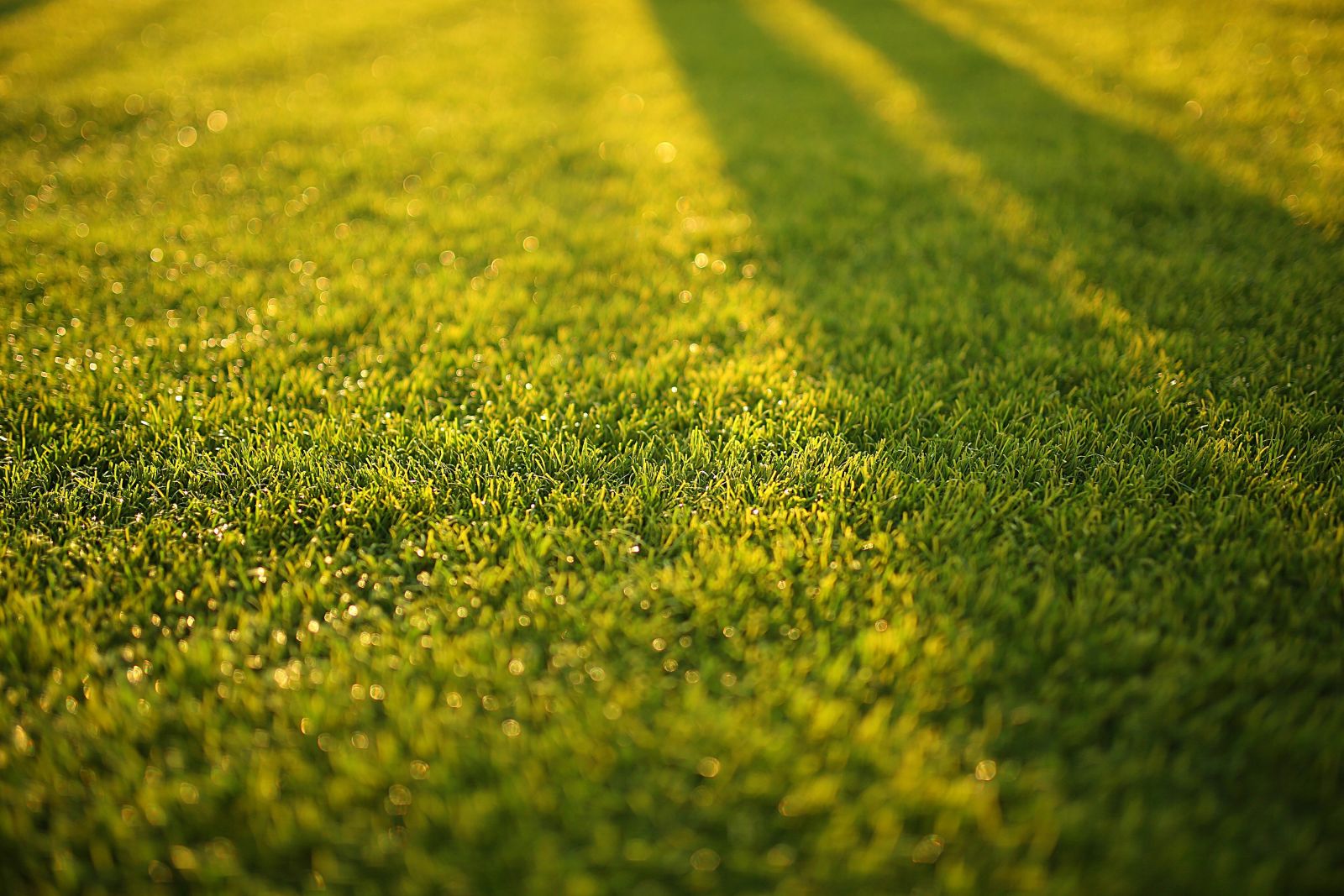Scarifying After Overseeding: Best Practices
24-04-2023
One of the key practices that can significantly impact the success of your lawn care routine is scarifying after overseeding. In this comprehensive guide, we will delve into the best practices for scarifying after overseeding to help you achieve a lush and thriving lawn.

What is Scarifying?
Scarifying, also known as dethatching, is the process of removing the layer of thatch that accumulates on the surface of your lawn over time. Thatch is a layer of dead grass, roots, and other organic debris that accumulates between the soil surface and the grass blades. While a thin layer of thatch can be beneficial for your lawn, as it can provide insulation and protect the grass from extreme weather conditions, an excessive layer of thatch can cause numerous issues.
Why is Scarifying Important After Overseeding?
Overseeding is the process of spreading grass seed over an existing lawn to improve its density and fill in bare spots. It is a common practice to promote healthy grass growth and maintain a lush lawn. However, if you have recently overseeded your lawn, scarifying becomes even more critical to ensure the success of the overseeding process.
Scarifying after overseeding helps in multiple ways:
-
Removing Thatch: Scarifying after overseeding helps to remove any excess thatch that may have accumulated on the lawn surface. This helps the newly seeded grass to establish better contact with the soil and receive the necessary nutrients for growth.
-
Enhancing Seed-to-Soil Contact: Scarifying creates grooves or furrows on the soil surface, which helps the grass seed to penetrate the soil and establish proper contact. This improves germination rates and enhances the overall success of the overseeding process.
-
Reducing Competition: Scarifying helps to reduce competition among the existing grass and the newly seeded grass. By removing the thatch layer, scarifying allows the new grass to receive ample sunlight, air, and nutrients for optimal growth.
Best Practices for Scarifying After Overseeding
Now that we understand the importance of scarifying after overseeding, let's dive into the best practices to ensure that you do it correctly:
-
Timing is Crucial: It is essential to time your scarifying after overseeding carefully. Ideally, you should wait for the new grass to reach a height of about 2-3 inches before scarifying. This ensures that the new grass has established a strong root system and can withstand the stress of scarifying.
-
Choose the Right Equipment: Selecting the right scarifying equipment is crucial for a successful scarifying process. You can choose between a manual or a powered scarifier, depending on the size of your lawn and your personal preference. Make sure that the scarifier you choose is suitable for your specific grass type and lawn condition.
-
Adjust Scarifier Depth: Adjust the depth of the scarifier blades carefully. It is recommended to set the blades at a depth of 1/4 to 1/2 inch above the soil surface for the best results. Setting the blades too deep can damage the new grass and the existing lawn, while setting them too shallow may not effectively remove the thatch.
-
Cross-Hatch Pattern: To ensure thorough scarifying, use a cross-hatch pattern while scarifying your lawn. Scarify in one direction and then go over the same area perpendicular to the initial pass. This ensures that the blades penetrate the thatch layer from multiple angles and remove it more effectively.
-
Clean Up the Debris: After scarifying, make sure to thoroughly clean up the debris, including the thatch and any grass clippings. You can use a rake, a lawn sweeper, or a bagging attachment on your scarifier to collect the debris and ensure a clean lawn surface.
-
Follow-up with Proper Lawn Care: After scarifying, it is crucial to follow up with proper lawn care practices to support the recovery of your lawn. This includes regular watering, fertilizing, and mowing at the correct height for your grass type. Avoid heavy foot traffic on the scarified area until the new grass has fully established.
-
Consider Overseeding Again: Depending on the condition of your lawn and the severity of thatch accumulation, you may need to consider overseeding again after scarifying. Overseeding can help to fill in any bare spots and promote a denser and healthier lawn.
Conclusion
Scarifying after overseeding is a crucial practice for maintaining a healthy and lush lawn. By removing excess thatch, enhancing seed-to-soil contact, and reducing competition among the grass, scarifying promotes optimal grass growth and establishment. Following the best practices, including timing, equipment selection, depth adjustment, cross-hatch pattern, and proper lawn care, can ensure a successful scarifying process. Don't forget to clean up the debris and consider overseeding again if needed. With these tips, you can achieve a thriving and beautiful lawn that stands out in your neighborhood.
